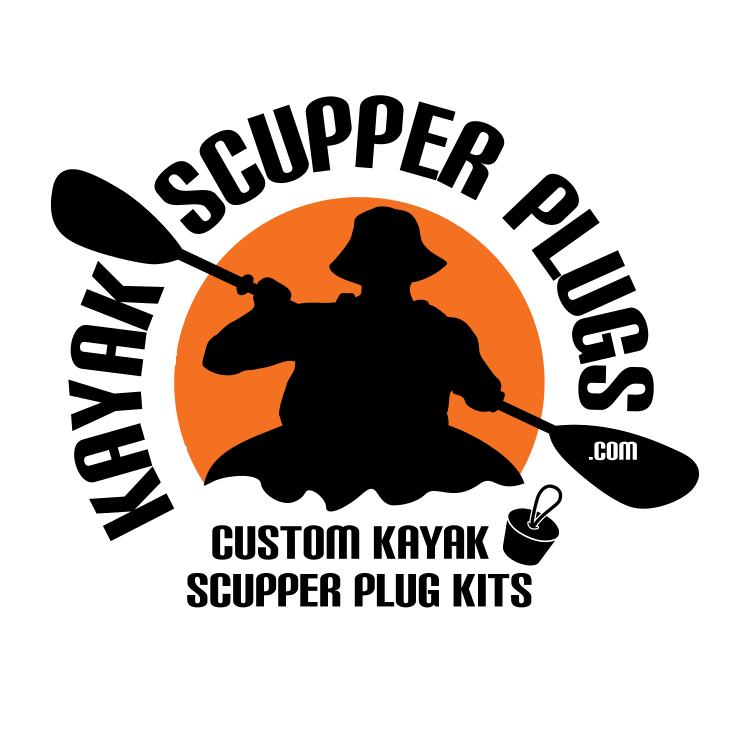What do I need to know before buying a kayak?
Over the years kayaking has grown in popularity and with that has come many changes and options to choose from. With so many things to now to consider it is no wonder we often get asked, “What do I need to know before buying a kayak?” At Kayak Scupper Plugs we like to focus on just a few key questions to help guide customers who are just getting into kayaking. We will assume the more advanced paddlers have already navigated these particular waters and just focus on the basics in this blog.
How and where do plan to use the kayak? This question is probably best answered in the context of where you live and what the water is like there. If stability and versatility are important to you, then the SOT (sit-on-top) kayak design is going to be the best for you. These kayaks place the paddler on-top of the kayak for a higher sitting stance and above the water surface. They are less likely to turn over (more stable) and any water that should splash into the kayak will drain through thanks to the mostly standard self-draining scupper plugs. So if you expect to be in breaking waves from either the ocean or passing power boats, consider the SOT kayaks. If you are located near and plan to be on mostly calm lake water there is nothing wrong with the traditional sit-in kayak designs. They will often be easier to paddle due to a round bottom design that glides easily through the water due to less of the boat bottom being in contact with the water. The trade-off for gaining speed and ease of paddling with be stability on the water which is why most first-time paddlers end up circling back to the SOT design.
Solo or Tandem? No doubt kayaking is more fun with others and that brings up the next question, Who is coming along? Tandem kayaking has several benefits. Obviously two paddlers get to ride for the price of one which is nice. You also get to share the task of paddling which comes in handy as you get tired along the way and the other paddler is able to keep things moving. Two can also help manage carrying the kayak from your transport vehicle to the water and more importantly back after a full day of paddling when you are completely tired. Just keep in mind that tandem kayaks are usually quite a bit longer and require a larger vehicle to transport them. If you like the idea of others coming along but you fancy yourself the strong independent type, solo kayaking with others is still just as fun and you are not stuck with a large kayak to paddle on your own when your kayak partner decides to stay home when you desperately want to go out on the water.
New or Used? Probably one of the greatest things to come from the surge in kayaking is the amount of used kayaks available in the marketplace. This is a great way to save some money and get your feet wet (haha) at the same time. Kayaks are simple boats and if taken care of there is no reason to shy away from a used kayak as long as you are careful to look it over like any other used item. Check for cracks or potential sources of leaks especially around mounted accessories like rod holders and camera mounts. If it is a SOT kayak, there should not be water trapped inside. If there is, something is leaking and will need to be corrected. Be sure to flip the kayak over and look for signs of being dragged to the water. Scratches are normal but dragging a kayak can eventually wear a hole through the bottom or thin the plastic to the point it easily cracks. If buying used scares you, new is probably the best option and with that comes the latest and greatest features found in modern kayaks. Be sure to read the reviews on any kayak and seek out groups on Facebook and other social media sources to find out what other owners think.
We hope this kayak buying guide is helpful and if we can help in any way prior to or after your purchase please feel free to reach out to us with any questions. If your new (or new to you) kayak does end up being a SOT design and you decide to add some scupper plugs to accessory line-up we hope you will consider Kayak Scupper Plugs for help in that department.

